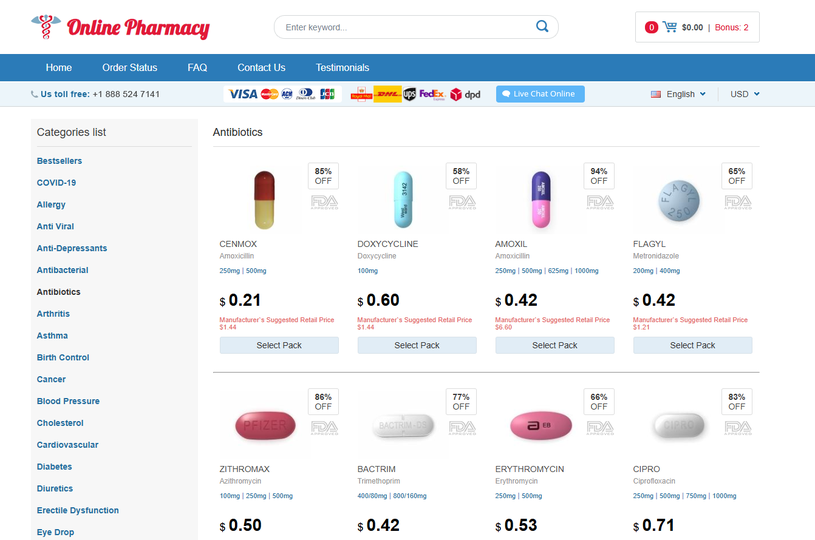To Purchase Furosemide Online Visit Our Pharmacy ↓

Faster Results Vs
It acts on the ascending limb of the loop of Henle, where it blocks the Na+/K+/2Cl- co-transporter. It is a diuretic, commonly known as a water pill, that helps remove excess fluid from the body through increased urine production. Long-term use of furosemide, a diuretic medication commonly used to treat high blood pressure and edema, has been associated with various effects. However, it is not always the best option for everyone. Congestive heart failure can be caused by various factors including underlying heart diseases like coronary artery disease, high blood pressure, or heart valve problems. Furosemide is often prescribed along with other medications to treat hypertension, including angiotensin-converting enzyme (ACE) inhibitors and angiotensin II receptor blockers (ARBs). In addition, furosemide is often used in combination with other medications to treat pulmonary edema, a condition that can cause severe breathing difficulties.
Personalizing Diuretic Therapy
Introduced in 1962, furosemide has become a cornerstone in the management of heart failure. Finally, long-time use can increase the risk of developing ototoxicity, which damages the inner ear and can cause permanent hearing loss. It is crucial to maintain a balance and avoid dehydration or fluid overload.- Regular blood tests are necessary to monitor potassium levels as the medication can potentially cause low potassium levels (hypokalemia).- Furosemide may interact with other medications such as antibiotics, lithium, or nonsteroidal anti-inflammatory drugs (NSAIDs), so it is essential to inform the healthcare provider about all other medications being used.- Certain medical conditions such as kidney dysfunction or gout may contraindicate the use of furosemide. It is strongly recommended to follow the dosing instructions provided by your healthcare provider and not to make any changes without their guidance. It works by increasing the amount of urine produced by the kidneys, which helps to reduce excess fluid buildup in the body. Acupuncture involves the insertion of thin needles into specific points on the body to stimulate energy flow and promote healing. Proper awareness and supervision will ensure the maximum benefits of furosemide in managing heart failure while minimizing the potential risks associated with its use.
Decreases Fluid Retention.
With the help of furosemide, these individuals have regained their quality of life and experienced significant improvements in their symptoms. Taking furosemide responsibly under medical supervision can mitigate potential risks and enhance its effectiveness in managing congestive heart failure. Additionally, spironolactone has been linked to breast enlargement in men and can cause irregular menstrual cycles in women. It significantly improves symptoms such as shortness of breath, cough, and fatigue in patients with these conditions. However, it is important to note that natural diuretics may not be as strong or fast-acting as prescription options, and may not be suitable for everyone. This medication also has a vasodilatory effect, meaning it widens blood vessels, which can help lower blood pressure and lessen the workload on the heart. Furosemide is often used in combination with other medications to treat hypertension, and studies have shown that it can help to reduce the risk of cardiovascular disease and stroke in people with high blood pressure.
May Improve Breathing.
This inhibitory action prevents the reabsorption of these ions, leading to increased excretion of water and electrolytes such as sodium, potassium, and chloride. Comparing Potassium Sparing Diuretics: Potassium sparing diuretics, such as spironolactone and triamterene, work differently than furosemide and other diuretics. Furosemide is a loop diuretic that is widely used in the management of edema and hypertension. Therefore, while furosemide is a powerful diuretic drug, its long-term use should be closely monitored by a healthcare provider to avoid serious side effects. Its use has been well-established in the treatment of hypertension, particularly in those with salt-sensitive hypertension or those with resistant hypertension who do not respond to other therapies. This also results in a secondary effect of reduced reabsorption of potassium and calcium, which can lead to hypokalemia and hypocalcemia. Triamterene may increase potassium levels too much in some patients, leading to potentially life-threatening heart rhythm abnormalities.
Side Effects
Natural diuretics may also offer some benefits, but they are not as potent as pharmaceutical diuretics and may have their own set of side effects and limitations. Patients have lauded the drug for its ability to alleviate fluid retention, reducing swelling and bloating. Furosemide is effective in treating hypertension because it inhibits the reabsorption of sodium and chloride in the kidneys. This drug is commonly used to treat conditions such as edema, which is the accumulation of fluid in the tissues, and hypertension, which is high blood pressure. Moreover, furosemide has been instrumental in preventing hospitalizations and reducing the risk of complications in individuals with congestive heart failure. Overall, furosemide's ability to reduce fluid retention in the body can lead to significant improvements in breathing and overall health for many patients. Hypokalemia can cause cardiac arrhythmias and muscle weakness, while hypocalcemia can cause neuromuscular excitability and tetany.
Compression Garments
While furosemide proves to be a lifesaver for individuals with congestive heart failure, it is important to be aware of the common side effects and take necessary precautions when using this medication. However, in some cases, long-term use of furosemide may be beneficial for patients with chronic heart failure or hypertension. Furosemide, a loop diuretic, works by inhibiting the renal tubular transport of chloride, sodium, and potassium ions. This results in a decrease in blood volume and a decrease in the preload on the heart, leading to reduced venous return and cardiac output. This action prevents the reabsorption of these electrolytes, leading to increased excretion of water and salt through urine. The firsthand accounts of patients who have benefited from this medication are truly inspiring. All in all, furosemide's diuretic properties make it an effective treatment for fluid retention in different parts of the body.
Understanding Congestive Heart Failure
It may also increase the risk of developing gout, a painful form of arthritis. Another option is ginger root, which has anti-inflammatory properties and can help relieve bloating and swelling. Furosemide, a powerful diuretic, is often prescribed to individuals with congestive heart failure as it helps remove excess fluid from the body by increasing urine production. By removing the excess fluid, it relieves discomfort caused by edema. Furosemide is considered as one of the strongest diuretics available in the market. Furosemide is considered to be the strongest diuretic in the market, due to its potent action on the kidneys and its ability to produce fast and dramatic results. Some diuretics work faster than furosemide, but they may cause more side effects.
Important Considerations for Furosemide Use
They are generally considered safe and come with fewer side effects as compared to furosemide and other diuretics. Furosemide also acts as a direct vasodilator, by increasing the release of endothelial nitric oxide and inhibiting the production of vasoconstrictors such as angiotensin II, resulting in decreased peripheral resistance and increased blood flow. In addition to reducing edema, furosemide has also been shown to improve breathing in patients with fluid buildup in their lungs. Alternatives to Furosemide: There are several alternative medications that can be used instead of furosemide, such as thiazide diuretics (chlorothiazide, hydrochlorothiazide), potassium-sparing diuretics (amiloride, spironolactone), and loop diuretics (bumetanide, torsemide). Furosemide helps to reduce swelling in the legs, ankles, and feet which is caused by excess fluid accumulation. Secondly, long-term use can damage the kidneys and worsen pre-existing kidney conditions, potentially causing kidney failure. By reducing fluid overload, the medication can enhance cardiac function and decrease the workload on the heart.
Furosemide in Action: How It Works
It is important to discuss alternatives with a healthcare provider to determine the most appropriate course of treatment for individual needs. It also aids in lowering blood pressure and alleviating edema, leading to enhanced breathing and reduced fatigue.Studies have shown that furosemide is effective in reducing hospitalizations and mortality rates among heart failure patients. Instead of causing the body to lose potassium, these types of diuretics can actually help retain potassium. However, with this strength comes a significant risk of side effects, such as electrolyte imbalances, dehydration, and kidney damage. Furosemide specifically targets sodium and chloride ions in the kidneys, preventing their reabsorption and leading to increased urine output. This can lead to imbalances in the body, which may require additional supplementation or monitoring. They can be effective at reducing bloating and water retention without the harsh side effects associated with pharmaceuticals.
Exercise and Movement
It is important for patients to discuss the risks and benefits of long-term furosemide use with their healthcare providers. This helps reduce fluid overload in the body, easing the strain on the heart and improving its ability to pump blood effectively.Furosemide has revolutionized the treatment of heart failure by providing symptomatic relief and improving patient outcomes. This reduction in fluid volume helps to relieve the strain on the heart and improve its ability to pump blood effectively. This medication works by reducing the amount of fluid in the body, which results in lower blood pressure. Real-life ExperiencesFurosemide, commonly known by its brand name Lasix, has been a lifesaver for countless individuals battling congestive heart failure. Furosemide is a diuretic drug that is used to treat fluid retention in the body. Similarly, massage therapy can also help boost blood and lymphatic circulation, reducing swelling and inflammation.
